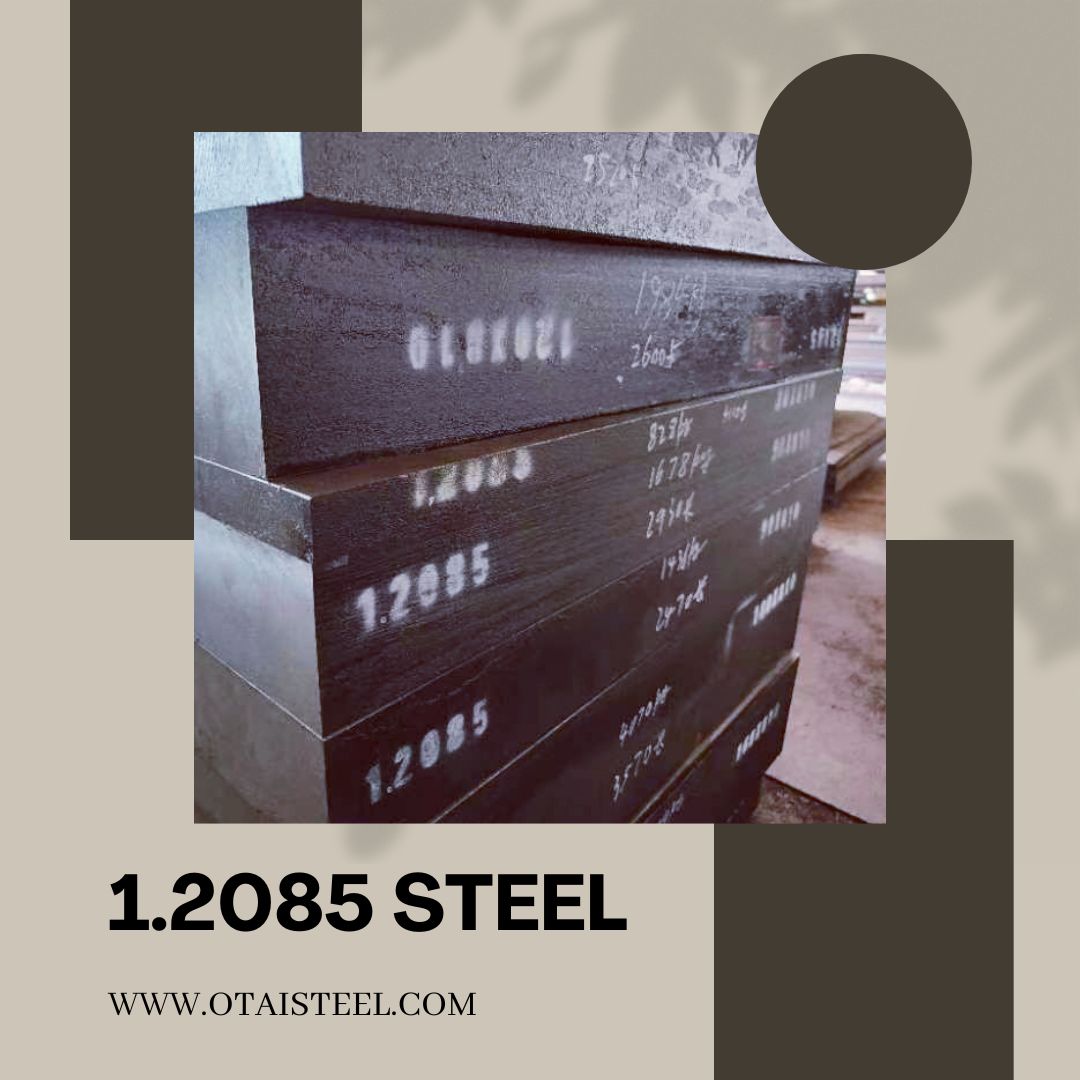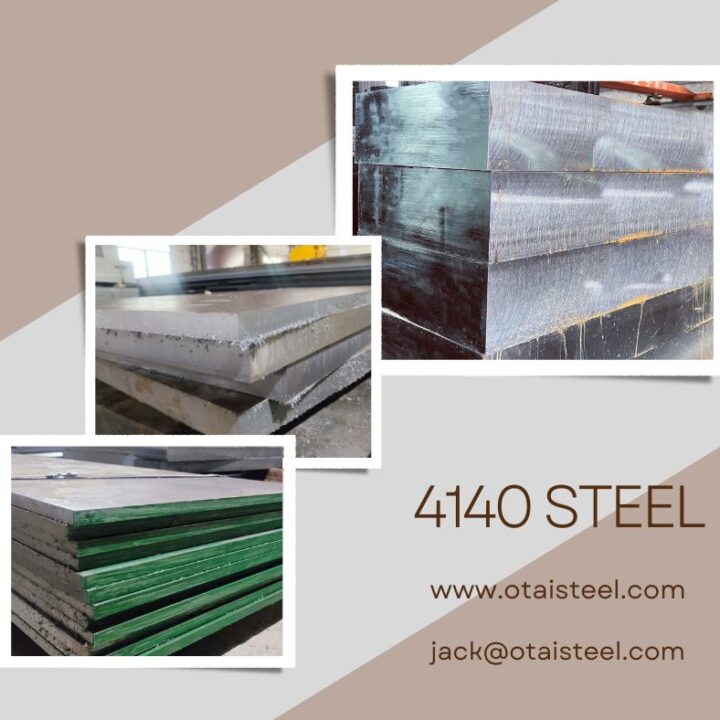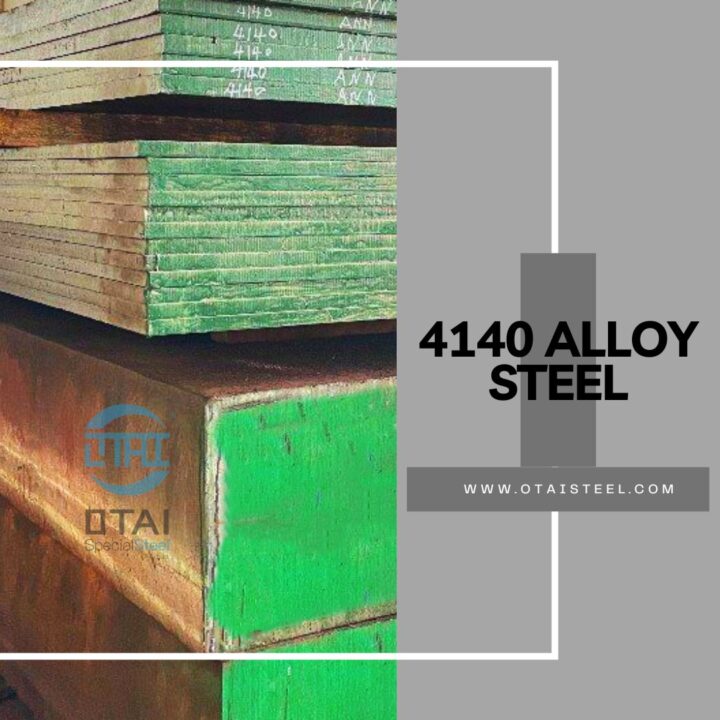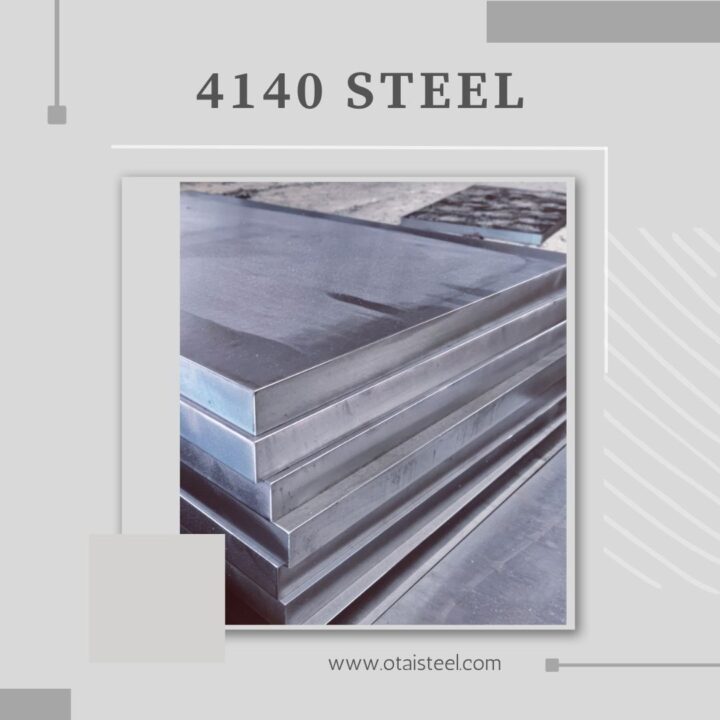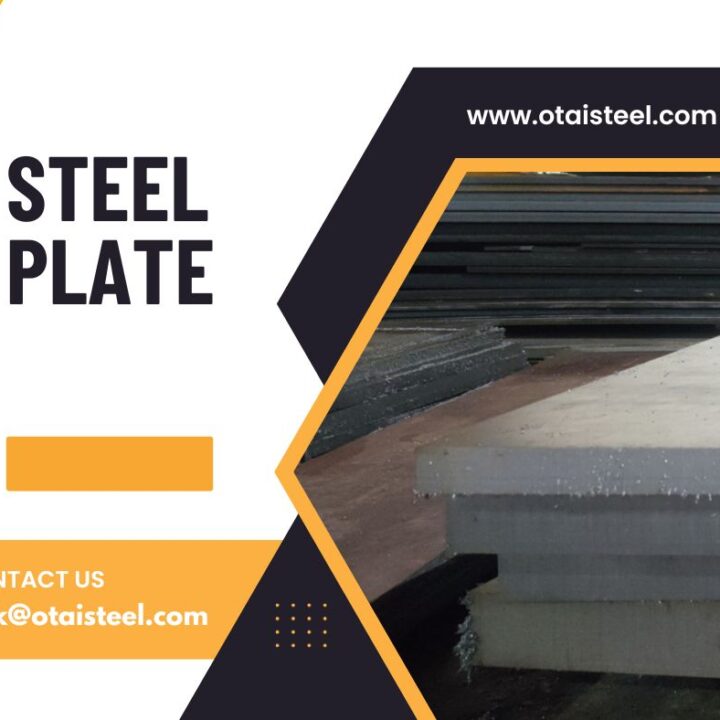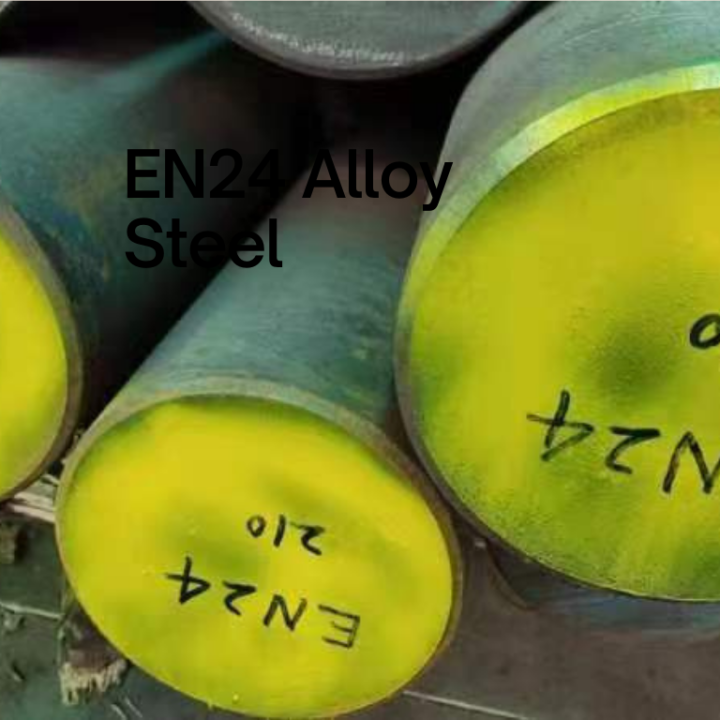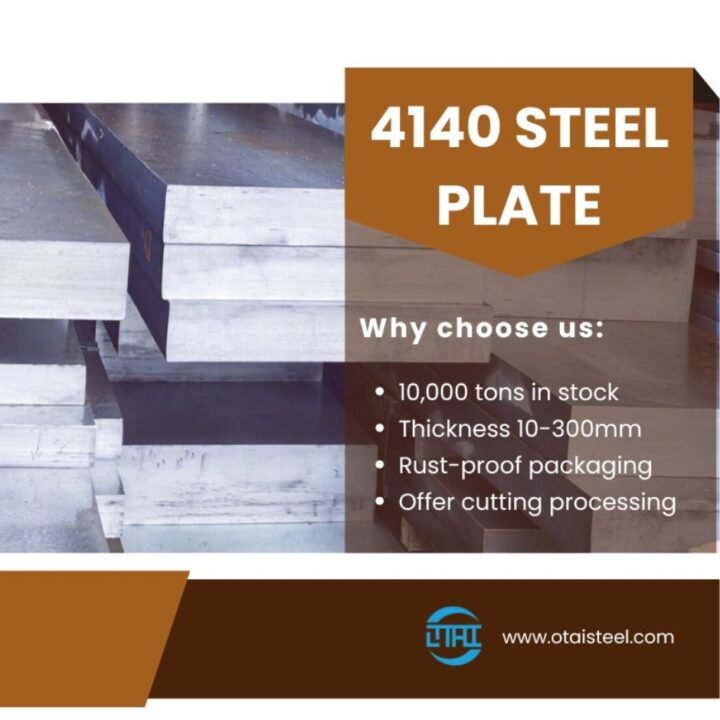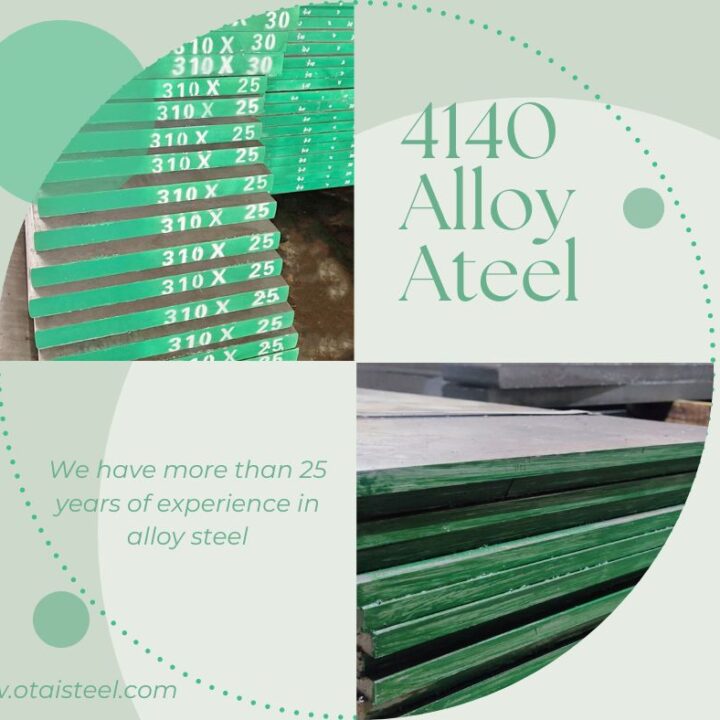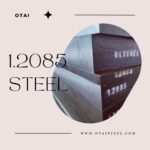When seeking materials for specific applications, it’s essential to have alternatives in mind. In the world of stainless steel, 1.2085 steel has gained recognition for its unique combination of properties. However, it’s valuable to understand 1.2085 steel equivalents, which are similar materials that may serve as suitable substitutes for various purposes. (1.2085 Steel Equivalent)
Understanding 1.2085 Steel
Before we dive into the equivalents, let’s briefly recap the key attributes of 1.2085 steel:
- Composition: 1.2085 steel is classified as a high-carbon martensitic stainless steel. It typically contains 0.45% to 0.55% carbon and approximately 13-14% chromium. This composition grants it notable hardness, excellent edge retention, and moderate corrosion resistance.
- Applications: This steel is used in various industries, including cutlery, medical instruments, industrial machinery, and weaponry. Its versatility stems from its ability to provide a balance between sharpness and durability.
1.2085 Steel Equivalents: Comparable Materials
-
1.4034 Steel (X46Cr13)
- Composition: 1.4034 steel is a martensitic stainless steel with a carbon content of around 0.43-0.50% and 13-14% chromium, similar to 1.2085 steel.
- Properties: It shares characteristics such as good corrosion resistance and the ability to be hardened for increased wear resistance. However, it may have slightly different mechanical properties due to variations in the manufacturing process.
- Applications: 1.4034 steel is commonly used in knife blades, medical instruments, and industrial applications, making it a viable alternative to 1.2085 steel.
-
440C Stainless Steel (1.4125 Steel)
- Composition: 440C stainless steel contains around 0.95-1.20% carbon and approximately 16-18% chromium. It has a higher carbon content than 1.2085 steel.
- Properties: Known for its exceptional hardness and corrosion resistance, 440C steel offers excellent edge retention and is often used in high-end knives and cutting tools.
- Applications: 440C steel is a popular choice for knife enthusiasts and professionals due to its superior performance, making it a potential alternative to 1.2085 steel.
-
1.4116 Stainless Steel
- Composition: 1.4116 stainless steel is a martensitic stainless steel with around 0.45-0.55% carbon and 15-17% chromium, similar to 1.2085 steel.
- Properties: It offers good corrosion resistance and is known for its balance of hardness and toughness.
- Applications: 1.4116 steel is commonly used in cutlery, kitchen knives, and outdoor tools, making it a suitable alternative for applications where 1.2085 steel is considered.
-
X55CrMo14 Steel (1.4110 Steel)
- Composition: X55CrMo14 steel contains approximately 0.50-0.60% carbon and 13-15% chromium, closely resembling the composition of 1.2085 steel.
- Properties: It possesses good corrosion resistance and can be heat-treated for improved hardness and wear resistance.
- Applications: X55CrMo14 steel is often used in knife production, providing a potential alternative to 1.2085 steel for knife blades and similar applications.
-
440B Stainless Steel (1.4112 Steel)
- Composition: 440B stainless steel consists of around 0.75-0.95% carbon and 16-18% chromium, offering a higher carbon content than 1.2085 steel.
- Properties: It delivers excellent hardness and wear resistance, making it suitable for various cutting tools and knives.
- Applications: 440B steel serves as an alternative to 1.2085 steel in applications requiring high hardness and edge retention.
Choosing the Right Equivalent
When selecting an equivalent to 1.2085 steel, several factors come into play. Consider the specific requirements of your project, including hardness, corrosion resistance, and machinability. Additionally, assess the availability of the chosen material and its cost-effectiveness for your application. (1.2085 Steel Equivalent)
Frequently Asked Questions (FAQs)
- Is 1.4034 steel a direct replacement for 1.2085 steel in knife making?
While 1.4034 steel shares similarities with 1.2085 steel, it may have slightly different mechanical properties. It can serve as an alternative for knife blades, but precise performance may vary based on heat treatment and specific requirements.
- What advantages does 440C stainless steel offer over 1.2085 steel?
440C stainless steel boasts higher carbon content, providing superior hardness and wear resistance. It is an excellent choice for applications demanding exceptional edge retention.
- Is X55CrMo14 steel a cost-effective alternative to 1.2085 steel for knife production?
X55CrMo14 steel offers similar properties to 1.2085 steel and can be a cost-effective alternative for knife blades, depending on availability and pricing.
- Which applications benefit most from 440B stainless steel compared to 1.2085 steel?
440B stainless steel is advantageous in applications requiring high hardness and wear resistance, making it a suitable alternative for cutting tools and knives where durability is crucial.
